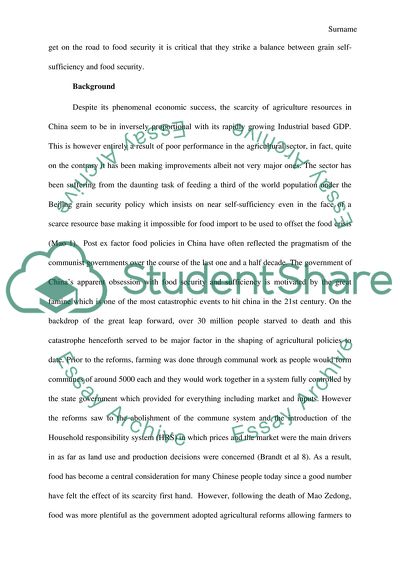Cite this document
(Food Security in China - Grain Policy Research Paper, n.d.)
Food Security in China - Grain Policy Research Paper. Retrieved from https://studentshare.org/family-consumer-science/1819870-food-security-in-china-grain-policy
Food Security in China - Grain Policy Research Paper. Retrieved from https://studentshare.org/family-consumer-science/1819870-food-security-in-china-grain-policy
(Food Security in China - Grain Policy Research Paper)
Food Security in China - Grain Policy Research Paper. https://studentshare.org/family-consumer-science/1819870-food-security-in-china-grain-policy.
Food Security in China - Grain Policy Research Paper. https://studentshare.org/family-consumer-science/1819870-food-security-in-china-grain-policy.
“Food Security in China - Grain Policy Research Paper”, n.d. https://studentshare.org/family-consumer-science/1819870-food-security-in-china-grain-policy.


